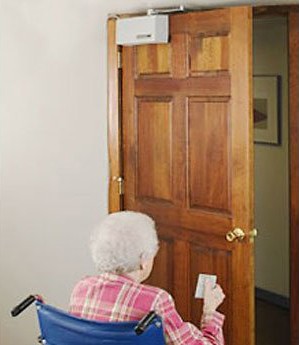
Door Widening & Automatic Door Openers
Door widening and an automatic door openers help overcome the barrier of small doorways in most homes. Lifeway can widen doorways, reverse the swing of doors, or replace door hinges to create the extra room required. We also install automatic door openers, which allow you to enter and exit without having to touch the door.
Doorway Widening Services
We can remove your existing doorway, and by widening the door frame, we can enlarge the opening making it accessible for a person in a wheelchair or any person requiring a bigger opening.
Our doorway widening services consist of:
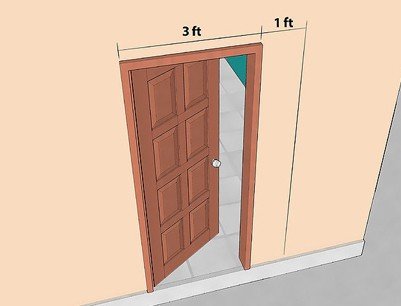 Widen interior and exterior doorways
Widen interior and exterior doorways- Reverse the swing of doors to create the extra room required
- If only a little additional space is needed, we can replace your door hinges with “swing-clear” hinges, providing that extra 1 ½" which often makes all the difference
Lifeway stands apart from other home accessibility companies because we are licensed contractors. We have the ability to perform our own carpentry work to make the right solution available to you! By keeping this service in-house, we bring you the lowest possible cost when, for example, pairing a door widening with a ceiling lift system.
Expandable or offset door widening hinges can also add 1.5 to 2 inches of extra width to your existing doorway. This saves the expense of construction and your doorway will no longer be a barrier. This is great improvement to your home that will add value for many years to come.
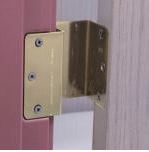
Barn Doors or Pocket Doors
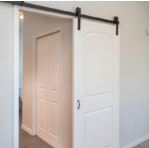
Removing the door doesn’t mean that there will never be a door there. Adding a barn door or pocket door to the room allows for privacy and doorway clearance without the added inches in the door jamb. The drawback to pocket doors is that they require space inside the wall for the door to roll away out of the way. A barn door requires space along the wall for the track and door to glide across.
If these options are not possible in your home, then widening both interior and exterior doorways can be performed. Wiring inside the walls of your home may need to be moved, and light switches may have to be relocated to accommodate these modifications. Details throughout your home, like matching existing flooring, running HVAC ductwork, and accounting for pipes in the wall, are all part of the door widening process.
Automatic Door Openers
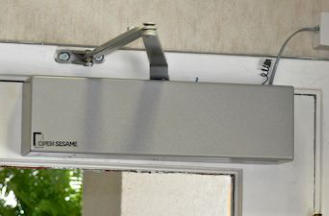 Automatic door openers, which allow you to enter and exit without having to touch the door, are often a big help for our customers. Now you can open and close doors with just the touch of a button!
Automatic door openers, which allow you to enter and exit without having to touch the door, are often a big help for our customers. Now you can open and close doors with just the touch of a button!
Our door openers are aptly named “Open Sesame” and provide the ultimate ease in entry and exit.
Other Door Modification Options
- Remote controlled deadbolts provide security and ease of access, without the difficulty of keys.
- Replacing door knobs with lever handles can provide easier access.
- Move existing light switches or outlets, and install a beautiful 32 or 36 inch doorway
